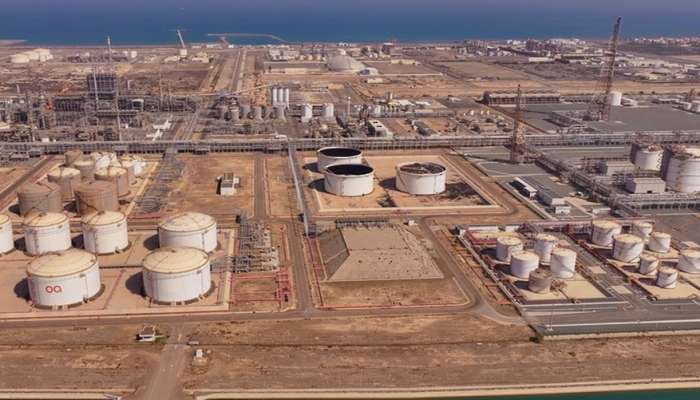
Muscat: The Central Bank of Oman (CBO) has issued the 2024 Macroeconomic Stability Report, a key communication tool alongside other reports the bank regularly publishes.
This report provides an in-depth analysis of the macroeconomic performance of the Sultanate of Oman and evaluates its stability, considering the most prominent risks and vulnerabilities. It also presents forecasts for key economic indicators over the medium term.
Despite the spillover arising from global developments such as inflation, disruptions in energy supplies, elevated interest rates, and increased uncertainty, the Omani economy has demonstrated resilience in withstanding shocks.
Despite fluctuations in oil prices and global economic pressures, the report highlights continued growth in real GDP and improvements in economic activity. Real GDP grew by approximately 1.9% during the first half of 2024 compared to the same period last year. This growth is largely attributed to a 3.6% increase in non-oil activities.
The contribution of oil-related activities remains significant, accounting for about 32.5% of total real GDP in the first half of 2024.
This indicates the high level of vulnerability of the Omani economy to external shocks, particularly fluctuations in energy prices and global oil supply and demand dynamics.
The medium-term outlook for the Omani economy remains positive, with expectations that economic activities will continue to recover and grow, in line with national priorities and the utilisation of emerging economic opportunities.
Regarding public finance, the report emphasizes the government’s efforts in fiscal reforms, including expenditure rationalisation, reducing public debt, and diversifying revenue sources.
These efforts reflect the Sultanate of Oman’s proactive approach to strengthening its economic and financial foundations.
The launch of the Social Protection Program has provided a balanced approach to addressing social care needs while ensuring long-term fiscal sustainability.
Despite a decline in the average price of Omani crude oil in 2024 compared to 2023, Oman's diversification efforts have had a positive impact in mitigating risks associated with oil price fluctuations. This reinforces the importance of further investment in non-oil sectors to increase their contribution to economic activity and diversify national income sources.
These reforms have been recognized by credit rating agencies, which have improved the sovereign credit rating of the Sultanate of Oman. This improvement underscores the confidence of international institutions in the country's fiscal policies and the pace of its economic reforms.
On the front of monetary stability, the report highlights that total foreign reserves held by the Central Bank of Oman remained stable, amounting to approximately OMR7.5 billion.
This reserve level is sufficient to cover about 6.6 months of merchandise imports as of September 2024 as compared to the international benchmark of 3 months. The report emphasises the continued importance of maintaining adequate foreign currency reserves to ensure the stability of the exchange rate system.